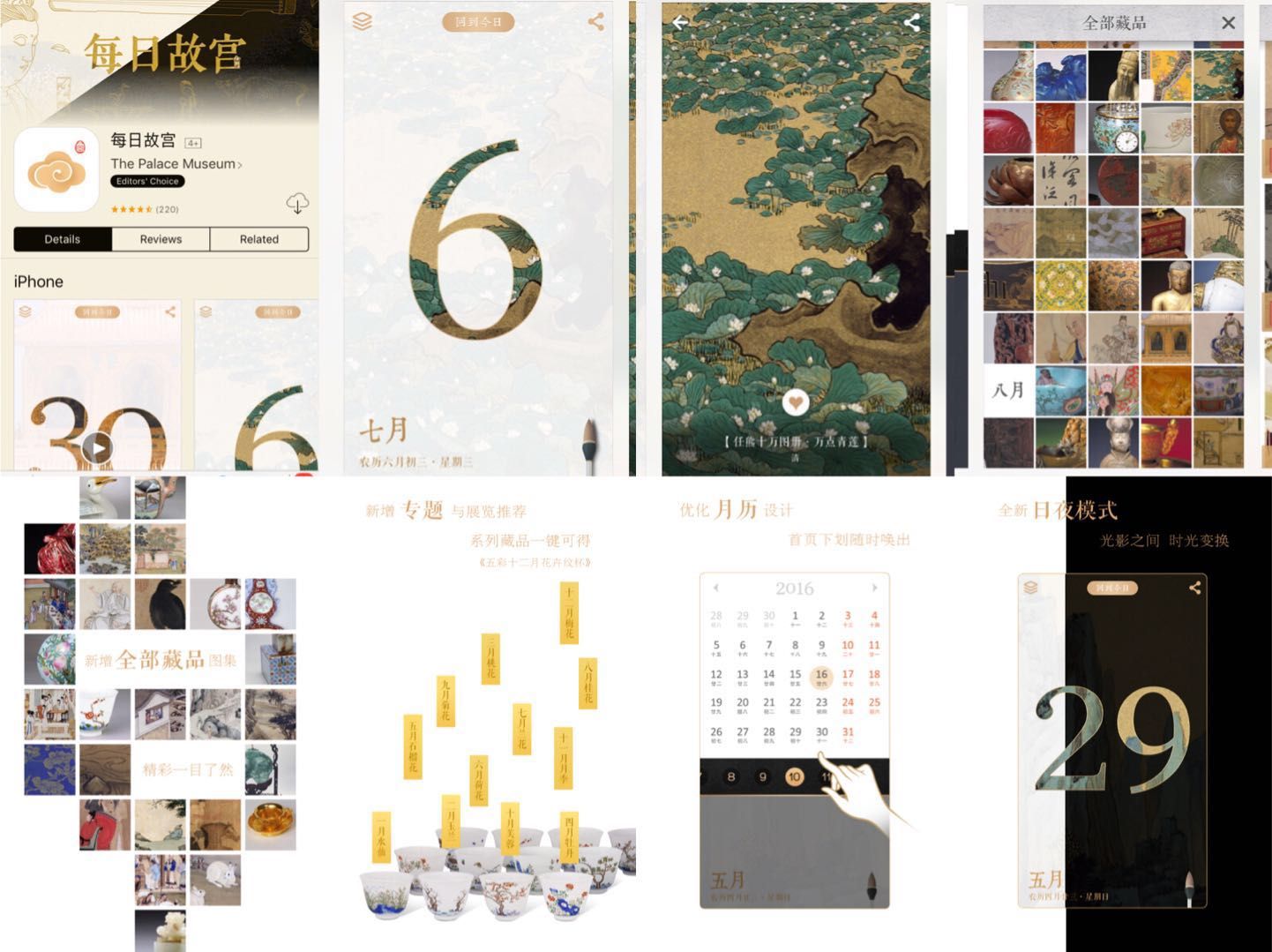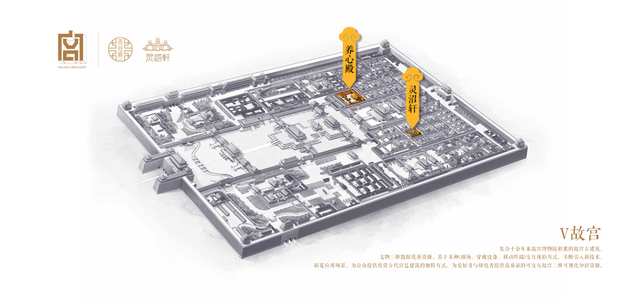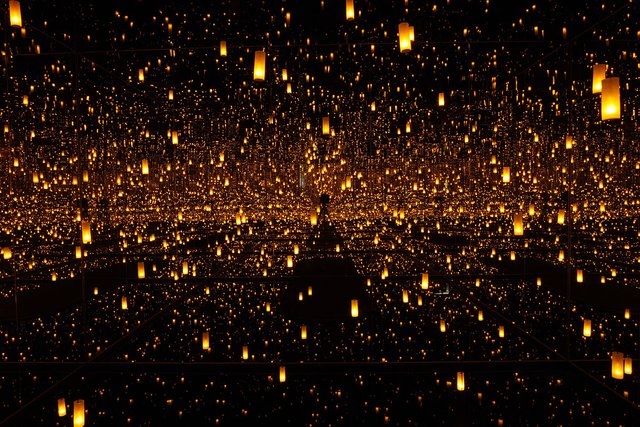Those Technologies Make Me Hardly Tear Myself From Museums
The coming of the information age brought great changes to the whole society. Also, it has given rise to a new museum operating environment, profoundly changing the museum's internal management mode, methods, and serving the public. How to integrate new science and technology into the development of the museum is the significant way for the sustainable development of museums in the future. Here we will talk about 3 technologies that can be used or have already been used in the museum development.
Applications
A museum's applications have plenty of room to develop. Though a lot of customers don't want to download an application just for a tour to a museum, the reality shows that if the design and content are fine, which can provide added value, then customers are willing to download those applications and interact with them. Mobile apps face many challenges, for example, the "Indoor GPS" technology needs to be improved. Sometimes, the information that clients get from the app doesn't exactly correspond to the location of the museum, which can leave them feeling disappointed and frustrated. Although the ideal state is to integrate digitalization into the museum, the general consensus is that the digital portion of the project needs to be initiated at the initial stage of the campaign. A museum needs to be digitized to pave a clear path for development, thus guiding the digital revolution of the organization.
The Applications of The Palace Museum
On December 10, 2015, Apple Store released the 2015 annual list of applications. The Palace Museum's "Night Revels of Han Xizai", "The Palace Museum" and "Qing Dynasty Emperor Costumes" were all included in the "selection of the year 2015". They were honored as "the most imaginative, creative and attractive work of the year".
Among them, the " Night Revels of Han Xizai " App was judged as "the versatile one that includes academic, art, science and technology. Through sight, hearing, touch, it dynamically recurs colorful banquet", and won "the best App" of the year. "The daily Forbidden City" App was awarded the "excellent App of the year", which was evaluated as "the calendar design cleverly reveals the treasures of the Palace Museum, tastes the art treasures, and records the daily life";

(The Application of The Palace Museum)
Big data
Big data and data analysis are influencing some of the museum's important results. It is not only a cultural change, but also a technical revolution that brings to the cultural industry great change, whether people’s feeling or data-driven decisions will be affected. Collecting and analyzing data in a comprehensive way can provide some insights for museums to improve their service effect. In addition to clear visualizations, you can provide enough data to support the story while telling the story.
Virtual reality technology
Virtual reality technology is booming, but there is still a long way to go. A growing number of new initiatives are popping up, always surprising customers. However, for most projects, the next step is to achieve more in-depth content and memorable experiences. In terms of "virtual reality development", it is obvious that it provides a new way of customer engagement and has great potential. Technology has taken shape, prices are falling, and availability is rising. Finally, it is the content and context that makes the virtual reality provide meaningful immersive experience.
The Virtual reality technology in The Palace Museum
The Palace Museum has assembled a collection of ancient buildings that have not accumulated in the past decade. They use the 3D data quality resources of cultural relics in a variety of interactive experiences. By constantly introducing new technology and broadening the application scene, the Palace Museum provides a unique way to appreciate the ancient palace architecture. At the same time, they also provide high-quality interactive museum 3d visual knowledge resources for lovers and researchers.

(The Virtual Reality Technology Used in The Palace Museum)
Infinity Mirrored Room——The introduction from the Broad Museum
Infinity Mirrored Room—The Souls of Millions of Light Years Away is an immersive environment that fosters an out-of-body experience, heightens one’s senses, and produces a repetitive illusion through the use of lights and mirrors. Similar in appearance to stars in the galaxy, hundreds of LED lights hang and flicker in a rhythmic pattern that seems to suspend both space and time. The visitor becomes integral to this work as his or her body activates the environment while simultaneously vanishing into the infinite space. The ethereal nature of the installation can be traced back to the early 2000s, when Kusama began making dimly lit mirrored rooms, a departure from her earlier brightly colored and polka-dotted spaces. Continuing her exploration of the transience of life and the inevitability of death, this installation creates a harmonious and quiet place for visitors to contemplate their existence, reflect on the passage of time, and think about their relationship to the outer world. hirshhorn


(Yayoi Kusama, "Aftermath of Obliteration of Eternity," 2009. Collection of the artist. Courtesy of Ota Fine Arts, Tokyo/Singapore; Victoria Miro, London; David Zwirner, New York. © Yayoi Kusama)
100% of the SBD rewards from this #explore1918 post will support the Philadelphia History Initiative @phillyhistory. This crypto-experiment conducted by graduate courses at Temple University's Center for Public History and MLA Program, is exploring history and empowering education. Click here to learn more.
Interesting array of programs and possibilities. Each one, it seems, requires a different approach to the typical (traditional) museum partnership. Is the next step to perhaps internalize the capacity for museums to implement such innovations on their own? Or would that compromise the innovative quality of the programs?
Perhaps it is a little bit difficult for a museum to implement those technologies all by themselves. Maybe they could cooperate with some technology companies to achieve this kind of results, by offering creative ideas. For example, the Palace Museum in Peking just invites the Fractal Technology company to design its website and develop its applications. And they also Invite web comics to design their products to sell.
The innovative quality depends on the several aspects. How to make your product content, social, gaming, sharing is very significant. And of course, products' packaging design is also crucial. Those technologies, if you use it well, are very helpful for the innovative quality. Also, museums can attract some famous artists to create a good atmosphere for the exhibition, such as Yayoi Kusama who was invited to exhibit at Broad Museum.